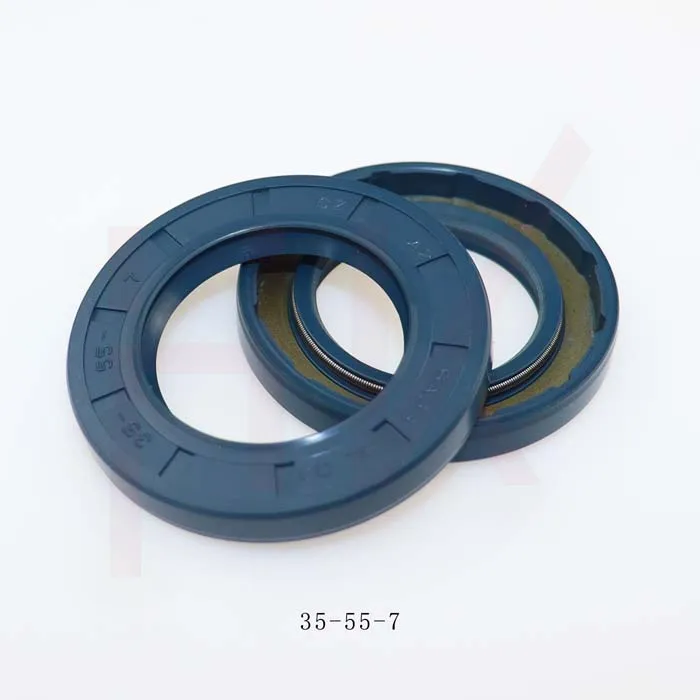ئىيۇل . 26, 2024 11:04 Back to list
Guidelines for Effectively Replacing Seals in Hydraulic Cylinder Maintenance and Repair Procedures
Replacing Seals in Hydraulic Cylinders A Comprehensive Guide
Hydraulic cylinders are essential components used in a myriad of applications, ranging from industrial machinery to automotive systems. Over time, the seals within these cylinders can wear out, leading to leaks and reduced efficiency. Replacing seals in hydraulic cylinders is a maintenance task that can save time and money while ensuring the optimal operation of hydraulic systems. In this article, we'll explore the importance of seals, common signs of wear, and the steps to effectively replace them.
Understanding the Role of Seals
Seals in hydraulic cylinders serve multiple purposes. They prevent hydraulic fluid from leaking out of the cylinder, protect against contaminants entering the system, and maintain pressure within the cylinder. Common seal types include O-rings, piston seals, rod seals, and backup rings, each designed for specific functions and pressure conditions. The integrity of these seals is crucial for the hydraulic system's performance, efficiency, and longevity.
Signs of Worn Seals
It's essential to monitor the condition of hydraulic seals regularly, as wear can lead to significant operational issues. Common signs of worn seals include
1. Fluid Leaks One of the most noticeable signs is hydraulic fluid leaking from the cylinder. This not only reduces the efficiency of the hydraulic system but also poses safety hazards in the workplace.
2. Reduced Performance If a hydraulic cylinder is not extending or retracting smoothly, or if it hesitates during operation, this might indicate seal failure or damage.
3. Increased Operating Pressure A change in the pressure gauge reading can signify a seal issue. If the pressure is fluctuating unexpectedly, it may be due to fluid bypassing the seals.
4. Unusual Noises Sounds such as grinding or hissing during operation can point to issues with seals, valves, or other components.
Steps to Replace Seals in Hydraulic Cylinders
If you’ve identified issues with seals, replacing them involves several steps
Step 1 Safety First
Before beginning any maintenance work, ensure the system is depressurized and disconnected from any power sources. Wear appropriate personal protective equipment (PPE) to protect against high-pressure fluid and contaminants.
replacing seals hydraulic cylinder

Step 2 Disassemble the Cylinder
Carefully remove the hydraulic cylinder from its mounting. Use the manufacturer’s manual for guidance to avoid damaging any components during disassembly. Remove the end caps, and gradually extract the piston and rod.
Step 3 Remove Old Seals
Once the components are disassembled, remove the old seals. It's crucial to examine the seal grooves for any damage or debris, as this can affect the installation of new seals. Use a seal puller or appropriate tools to avoid scratching the cylinder surfaces.
Step 4 Clean and Inspect Components
Thoroughly clean all parts of the hydraulic cylinder, including the barrel, piston, and rod. Inspect each component for signs of wear or damage. If any parts are damaged beyond repair, they may need to be replaced.
Step 5 Install New Seals
Select the correct seals according to the cylinder specifications. Lubricate the new seals lightly with hydraulic fluid to facilitate installation and prevent damage. Carefully place the new seals into their grooves, ensuring they sit evenly and securely.
Step 6 Reassemble the Cylinder
Reinsert the piston and rod into the cylinder, followed by the end caps. Make sure all fasteners and bolts are tightened to the manufacturer's specifications to maintain the integrity of the cylinder.
Step 7 Test the Cylinder
After reassembly, reconnect the hydraulic cylinder to the system and conduct a test run. Check for leaks and ensure that the cylinder operates smoothly under load.
Conclusion
Replacing seals in hydraulic cylinders is a straightforward process that, when done correctly, can enhance the performance and lifespan of the hydraulic system. Regular maintenance not only helps prevent costly repairs but also promotes safety and efficiency in operations. Keep an eye on the signs of wear and be proactive in maintaining your hydraulic systems to avoid unexpected downtime.
-
The Trans-formative Journey of Wheel Hub Oil Seals
NewsJun.06,2025
-
Graphene-Enhanced Oil Seals: Revolutionizing High-Pressure Oil Sealing
NewsJun.06,2025
-
Future of Hydraulic Sealing: Advanced Intelligent TCN Oil Seals
NewsJun.06,2025
-
Don’t Let a Broken TCV Oil Seal Ruin Your Day
NewsJun.06,2025
-
Bio-Inspired Dust Seals for Better Sealing Performance
NewsJun.06,2025
-
Biodegradable and Sustainable Hydraulic Seal Materials
NewsJun.06,2025
-
Top Oil Seal Solutions for Your Industrial Needs
NewsMay.22,2025
Products categories
















